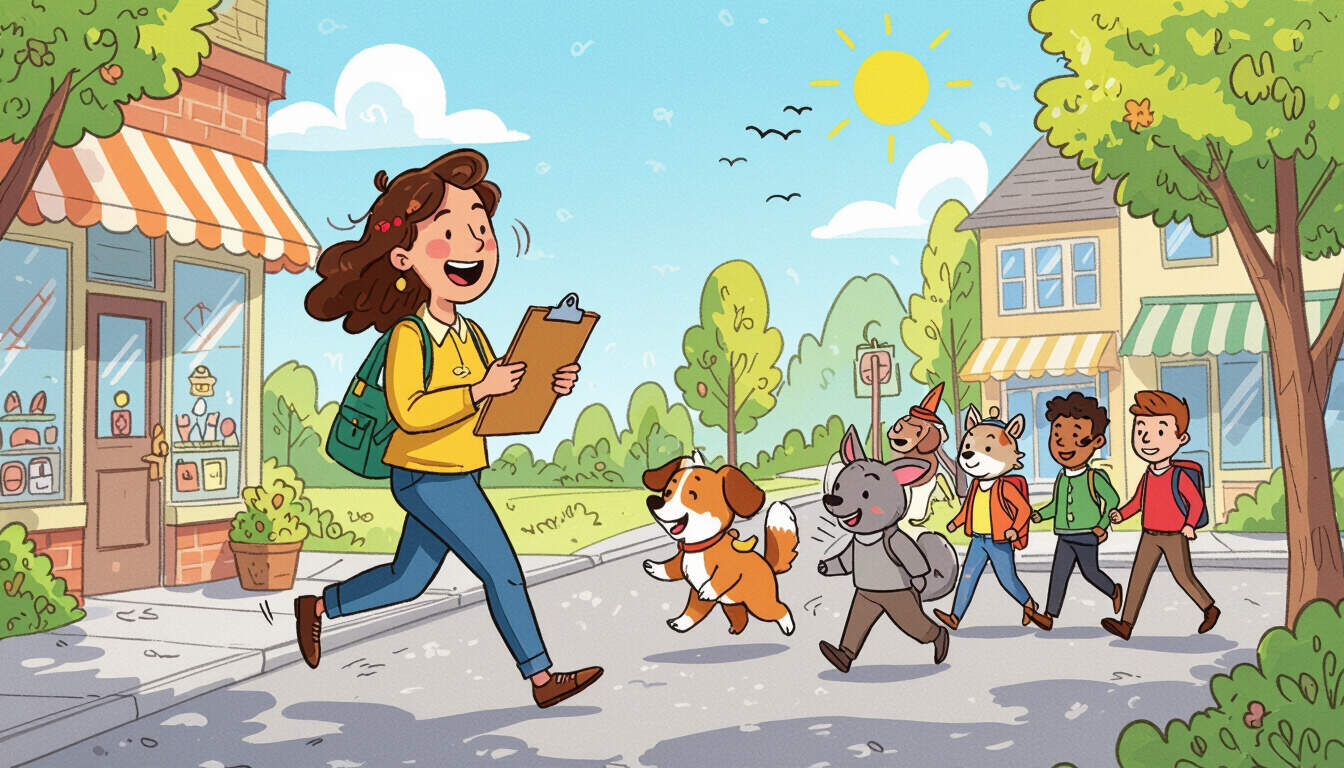Low-Cost Sidewalk Surveys as Guerrilla PR for Niche Markets
 by Marlene Keeling
by Marlene Keeling
Discover how low-cost sidewalk surveys can serve as an effective guerrilla PR tool for niche markets, helping small businesses gather insights and build brand visibility without high expenses. This approach offers practical ways to engage communities and foster growth through innovative tactics.

Low-cost sidewalk surveys represent a simple yet effective way for small businesses to connect with potential customers in niche markets. These surveys allow entrepreneurs to collect valuable feedback directly from the public, turning everyday street interactions into opportunities for brand promotion.
In the context of guerrilla PR, sidewalk surveys stand out as a creative method. Guerrilla PR involves using unexpected, budget-friendly strategies to gain attention, and this tactic fits perfectly for those operating in specialized sectors. For instance, a local artisan coffee shop might use surveys to ask passersby about their preferences, subtly introducing their products while gathering data.
One key advantage is the ability to reach targeted audiences. In niche markets, such as organic farming or vintage clothing, businesses often deal with specific customer groups. By setting up a survey station in high-traffic areas like markets or community events, owners can engage people who are already interested in similar topics. This direct interaction helps build trust and loyalty, as participants feel involved in the process.
To get started, businesses need minimal resources. A few clipboards, printed questionnaires, and perhaps some branded stickers can suffice. The goal is to keep things straightforward and engaging. For example, a survey might include questions like "What features do you value most in eco-friendly products?" This not only provides insights but also positions the business as attentive and responsive.
Planning Your Survey Strategy
First, identify the right location. Choose spots where your niche audience gathers, such as neighborhood fairs or busy sidewalks near related stores. Timing matters too—opt for weekdays when people are out for lunch or weekends for higher foot traffic. Once set up, aim to keep surveys short, ideally under two minutes, to encourage participation.
Engagement techniques play a crucial role. Offer small incentives, like a free sample or discount code, to motivate responses. This creates a positive association with the brand and can lead to word-of-mouth promotion. Remember, the focus is on building relationships rather than hard sells.
Realizing the Impact
Many small businesses have seen success with this approach. A handmade jewelry seller, for example, used sidewalk surveys to understand customer preferences for materials, which informed their product line and increased sales by 20% in the following quarter. Such outcomes highlight how sidewalk surveys can drive real change.
Challenges may arise, such as weather conditions or low participation. To counter this, prepare backup plans like indoor alternatives or digital follow-ups. Additionally, ensure surveys comply with local regulations to avoid any issues.
Measuring Success and Next Steps
After conducting surveys, analyze the data collected. Look for patterns in responses that can guide future decisions, such as product improvements or marketing angles. Tools like simple spreadsheets make this easy without needing expensive software.
In niche markets, where competition might be less intense, these tactics can provide a significant edge. By consistently applying low-cost methods, businesses foster ongoing community ties and enhance their reputation.
Ultimately, sidewalk surveys offer a pathway for entrepreneurs to innovate and grow. With persistence and creativity, this guerrilla PR strategy can become a cornerstone of brand development, leading to sustainable success in targeted sectors.
